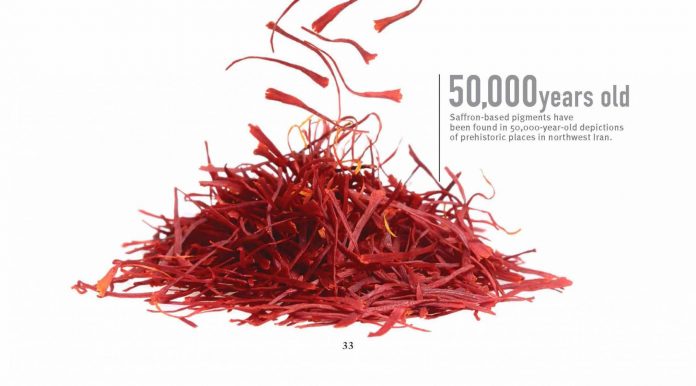by Rachel Kwek
Mankind has for thousands of years tapped into the plethora of plants and animals on Earth for medicine and food. We take a look at three of the most valuable natural medicines our planet offers.
Saffron Crocus
Crocus sativus

The coveted spice, saffron, is the dried stigmas of this flower and about 75,000 saffron crocus flowers are needed to produce a single pound of saffron. This together with the fact that it is largely cultivated and harvested by hand one of the world’s most expensive spices – a kilogramme of it costs upwards of $3000. Saffron crocus was depicted in frescos from Crete and Santorini that are as old as 3600 years and studies revealed the species originated from Greece. Papyrus Ebers – among the oldest and most important medical texts of ancient Egypt dating to circa 1500 BC – records the use of saffron to improve eye health and treat menstrual and urinary disorders. The Babylonians used it to treat dyspnea, childbirth disorders and headache among others. Crocin, the red pigment in saffron, is a powerful antioxidant; it protects the brain from stress and improves cognitive functioning, reduces cholesterol and has been used to treat cardiovascular diseases. The natural sedative is not only a good remedy for anxiety and nervousness but also stimulates appetite and digestion. Saffron gives dishes a golden-yellow hue and an aromatic flavour. Iran produces more than 90 percent of the world’s saffron.
Caterpillar fungus
Ophiocordyceps sinensis

This queer-looking ingredient usually sold in Chinese medicine shops is actually an entomopathogenic fungus that grows out of caterpillars of the ghost moth, killing it and producing a long, thin mushroom. For this reason, its Chinese name “dong chong xia cao” reflects its identity as being both a worm and a “grass” in different seasons.

It is found mainly in soft soil on mountains or well-drained grassy marshlands above 3,500 metres in the Himalayan regions of Nepal, Bhutan, India and Tibet. Widely used as a medicine and tonic by Chinese for hundreds of years, the fungus, more commonly known as cordyceps, is taken to increase strength, rejuvenate the body, reduce stress and improve sexual performance. It is also believed to cure heart, respiratory, renal and liver diseases. It can cost from $20,000 to $140,000 per kilogramme.
Ginseng
Panax notoginseng

Famous for its various benefits, the root is one of the most well-known and researched herb. There are 11 species of ginseng and common varieties are the American, Asian and Siberian ones. Because they vary in concentration of active compounds, they have different effects on the body. Ginsenosides present in the first two varieties are responsible for their antioxidant and anti-inflammatory properties, which studies have demonstrated. Ginseng protects the body from free-radical damage and thus prevents cancer. Studies found that taking ginseng boosts the immune system of post-surgery cancer patients, reduces fatigue and increases energy levels. Besides being effective in maintaining blood sugar level and treating erectile dysfunction, ginseng consumption is known to improve mood and mental functions like memory. Ginseng can be eaten raw, steamed or boiled in soups. Many Asian species are extinct or severely endangered due to overharvesting.

Check out the rest of this article in our latest issue of Asian Geographic No.136 Issue 3/2019 here or download a digital copy here











